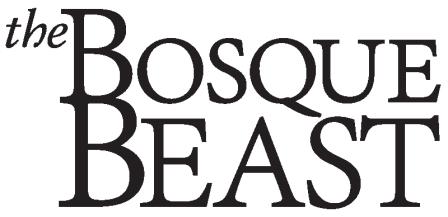
The Right Toy for Tug
Is it OK to play tug with my dog?
Many dogs love playing tug, and it can be a useful part of any good training program if you follow a few simple rules.
1. Only play tug with toys designated for that purpose. In most cases, a long rope toy is appropriate. It should be long enough to keep a nice margin of safety between your hands and the dog’s mouth. It should be flexible and soft enough not to injure the dog’s mouth or your hands. This toy should be kept out of the dog’s reach when you are not playing with the dog. That makes it special, and makes the dog more inclined to want to play when you get it out. You can build some interest in the toy by doing some light teasing: Get the toy and play with it while the dog watches. Giggle, laugh, have a good time, then ask the dog if she wants to play. If she’s interested, let her sniff the toy and then put it behind your back or drag it on the floor so she chases it. Be sure to put the toy away while she is still having fun and interested. Repeat a couple times a day for several days until you see her face light up when you get out the tug toy.
2. The dog must let go of the tug toy when you ask. This is a tricky one, and can take some time to teach. I suggest a cue like “drop,” “give,” and/or “out.” This can be taught with the “object exchange” game: Choose one of the dog’s normal toys, something he likes but isn’t wild about. Grab a handful of treats, offer him the toy (“get it”) and let him mouth it, but don’t let go. Then say “give” and then place a treat right in front of his nose and wait. Try not to tug the toy. You aren’t taking it from him, but waiting for him to release it. When he does, give him the treat. Then offer the toy again. Repeat this several times until he quickly releases the toy. End by letting him keep the toy. Try practicing with more exciting toys. Then try it with just the “give” cue, presenting the treat only after he releases.
3. The dog grabs the tug toy only when you give permission. You can use a cue like “get it” or “tug.” This allows you to hold the toy and even swing it around without the dog grabbing for it — and possibly you. It teaches selfcontrol. If you’ve done the prep work, you know he wants to play. Hold the toy in front of him with both hands and cue “get it.” If he grabs it, tug a few times and then cue “give” and hold your hands very still. When he lets go, reward him by saying “get it” and offering the toy again. When you feel confident he will release when you ask, you can let him pull the toy out of your hands some of the time. This is a great confidence-builder for “soft” dogs. Ask for “give” (or “drop”) to get the toy back.
4. The game stops immediately if the dog’s teeth touch skin or she starts “climbing” the rope to get closer to your hands. Cue “give” and put the toy away. A zero-tolerance policy for teeth keeps the game safe and makes the rules crystal-clear. Even if it’s an accident, dogs can learn amazing control over their mouths, which is what I want them to practice in this sort of game.
Remember that it is a game. Adjust your tug power and speed to the dog — you don’t want to injure her neck or teeth by pulling too hard or swinging her around by the teeth. That’s why you don’t play this game with growing puppies. With the right rules in place, tug can be a confidence-builder, stress reliever, non-food reward, and a great way to play with your dog.
Cricket Mara operates a dog behavior consulting practice in Corrales called Pawsitive Dog (www.pawsitivedog.com). Send comments and questions to cricket@pawsitivedog.com.
